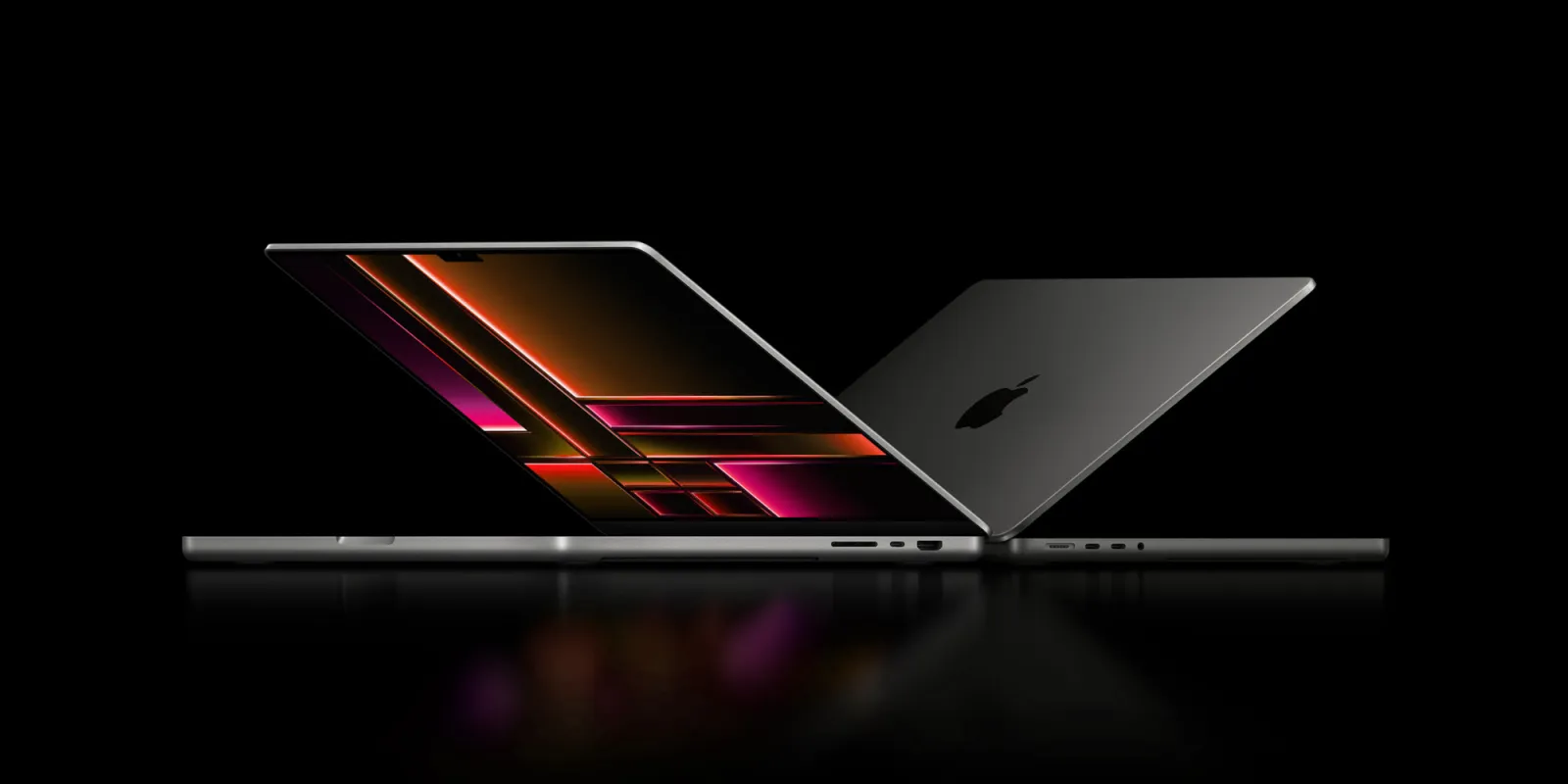The M2 Max MacBook Pro, just 10 months old, maintains its dominance as more powerful than 99% of laptops available. Apple has now introduced an upgraded version, enhancing its graphical capabilities even further.
The release of Apple’s latest M3-powered MacBook Pros has been rather unconventional. Unveiled during an online-only event held in the evening hours of a U.S. workday, these laptops come just 10 months after the initial launch of the M2 Max MacBook Pro. This timeline has sparked curiosity among many, prompting questions about Apple’s strategic approach in this accelerated release cycle.

Speculations abound among insiders regarding Apple’s timing for the release of these new laptops. Some believe the move was aimed at giving a boost to slowing MacBook sales just before the holiday season, while others think it may be a strategic response to Qualcomm’s Snapdragon X Elite announcement. Given Apple’s penchant for secrecy, the true motives remain unknown. Nevertheless, the M3 chip MacBooks showcase impressive capabilities, with the top-tier 16-inch M3 Max MacBook Pro under testing being deemed almost excessive for the average user. Undoubtedly among the best laptops in the market, particularly favored by creative professionals loyal to Apple, it comes with a hefty price tag, making it a niche choice rather than a fit for the general consumer.
Price And Availability
This month, Apple introduced several variants of the MacBook Pro, including the 16-inch model with the M3 Max chip. The M3 Max version is also available in a smaller 14-inch size, and the 16-inch machine offers the option of a lower-tier M3 Pro chip. Additionally, the 14-inch size comes with a standard M3 chip. These devices are currently available for purchase at retailers worldwide.

The base configuration of the 16-inch M3 Max model starts at $3,499, featuring 48GB of unified memory and 1TB of storage. The model under current testing is the highest configuration possible, boasting 128GB of unified memory and 8TB of storage, with a retail price of $7,199.
Hardware And Design
Apart from the new Space Black color, which bears a resemblance to a deep gray shade, and a marginally brighter display at 600 nits (up from 500 nits in the previous generation), the external design of the 2023 16-inch MacBook Pro remains consistent with what users are accustomed to. It maintains the aluminum unibody clamshell structure with flat sides. Despite being a robust device, measuring 0.66 inches in thickness and weighing 4.8 pounds, the substantial power it encapsulates justifies its weight and dimensions.

Unless you lead an exceptionally isolated lifestyle, you’ve likely encountered this overall design language and form factor before. Aside from the coating being slightly darker than usual, there’s nothing particularly novel or distinctive to observe here.
Performance
The GPU Boost Makes a Difference
While the exterior of the MacBook may not boast many changes, the real transformation occurs under the hood with the introduction of the M3 Max. Built on a cutting-edge 3nm architecture, the M3 Max offers a choice between a 14-core or 16-core CPU coupled with a 30- or 40-core GPU. This marks a significant advancement, with the CPU gaining four additional cores compared to the previous generation’s M2 Max.
The noteworthy upgrade, however, lies in the GPU, which now supports hardware-accelerated ray-tracing and mesh-shading technologies to enhance graphical performance. The inclusion of dynamic caching is another highlight, allocating system memory to the GPU in real-time based on demands. In essence, the M3 Max’s major improvement lies in its graphical prowess.

In my machine, the M3 Max is paired with a maximum of 128GB of unified memory, and the benchmark numbers, as expected, are impressive. While my personal frame of reference primarily involves other Macs, I’ve also obtained benchmark numbers from my colleagues, including those involving the Snapdragon X Elite SoC designed to rival Apple’s Silicon.
Gaming is much bigger of deal
Apple has intensified its focus on gaming for the Mac in the last year, and with the enhanced GPU capabilities of the M3 Max, coupled with strategic partnerships with game studios like Capcom to bring AAA titles to macOS, this momentum is expected to continue. In a test with Shadows of the Tomb Raider, the game consistently ran at nearly 120 frames per second (FPS) when the machine was plugged in. Even when running on battery power, the framerate experienced a slight dip to the high 90s or low 100s, yet the graphics remained impressive.
Playing NBA 2K24 Arcade Edition on the MacBook Pro was a pleasant surprise, especially for someone who grew up with the NBA 2K series and took a gaming hiatus about a decade ago. The smooth performance of the game on a portable machine has the potential to reignite a hobby that was set aside for work and adult life.

Moreover, the MacBook Pro’s battery life has proven to be impressive. During basic productivity tasks involving reading or writing, the machine approached 17 hours on a single charge. Even for more resource-intensive activities like video editing, a two-hour session only consumed about 40% of the battery. This suggests that the machine could handle Final Cut Pro for at least four hours, a performance level that surpasses many Windows laptops, which often struggle to sustain video editing tasks for more than two hours.

